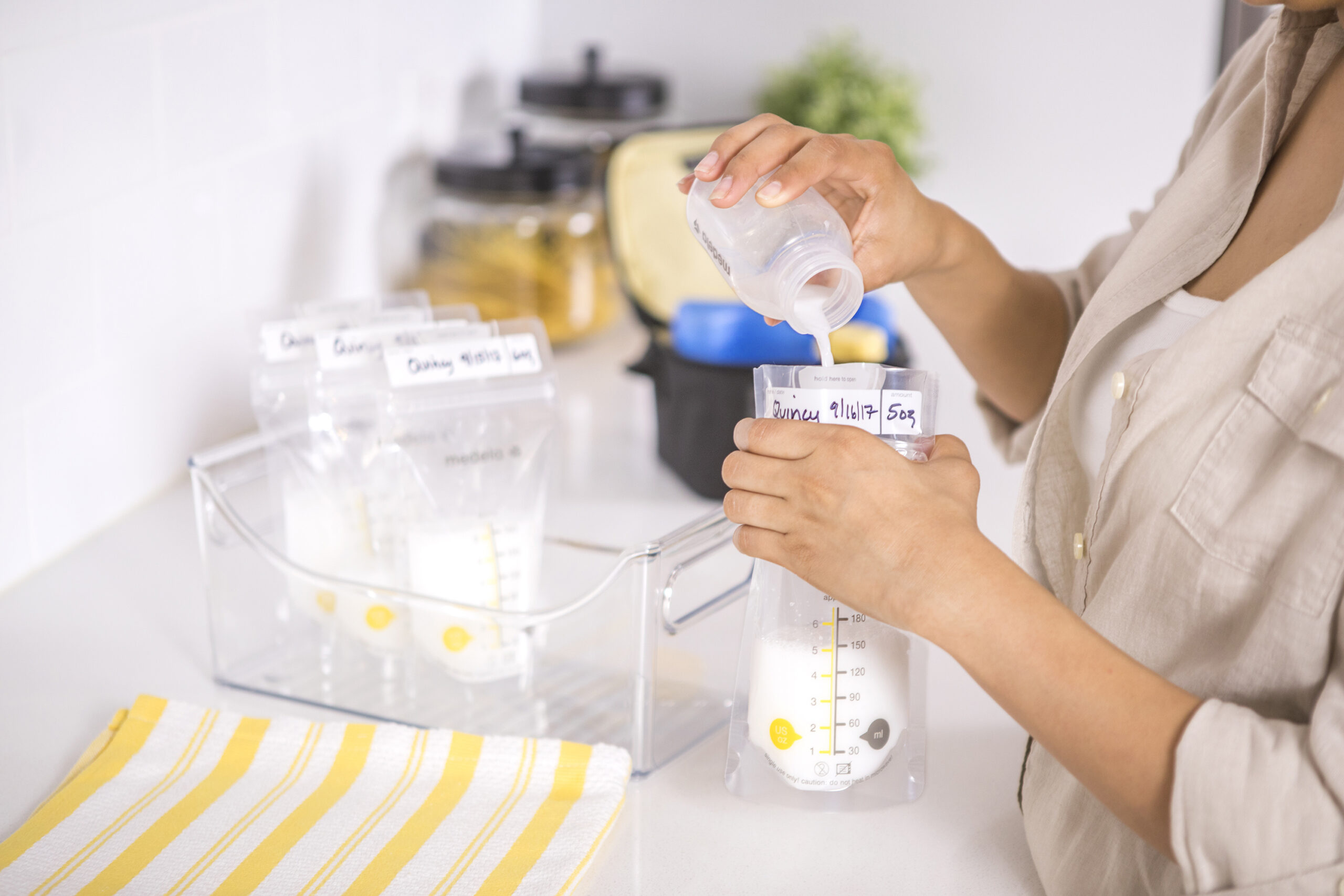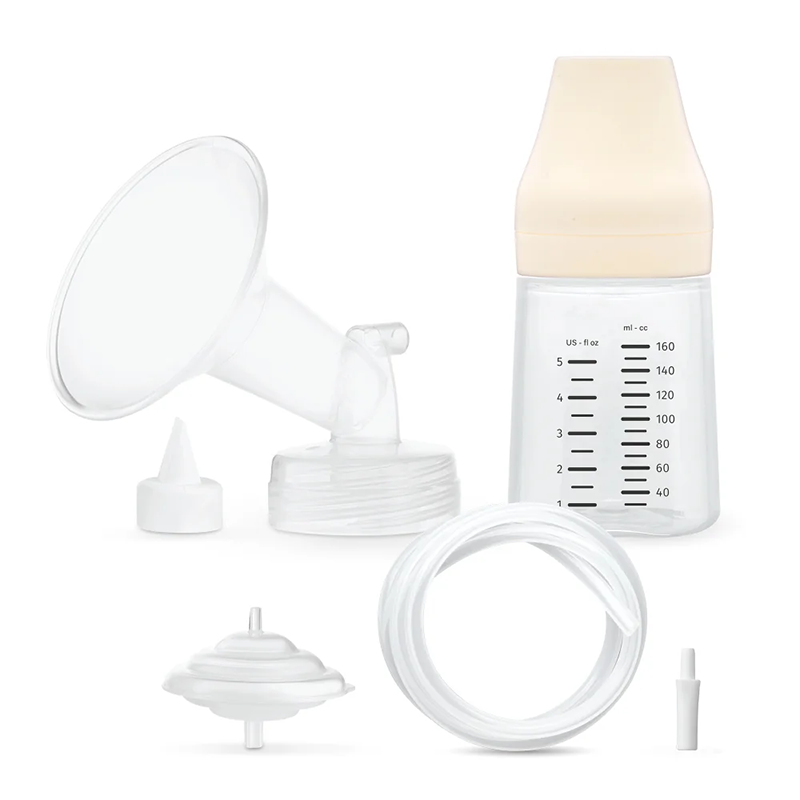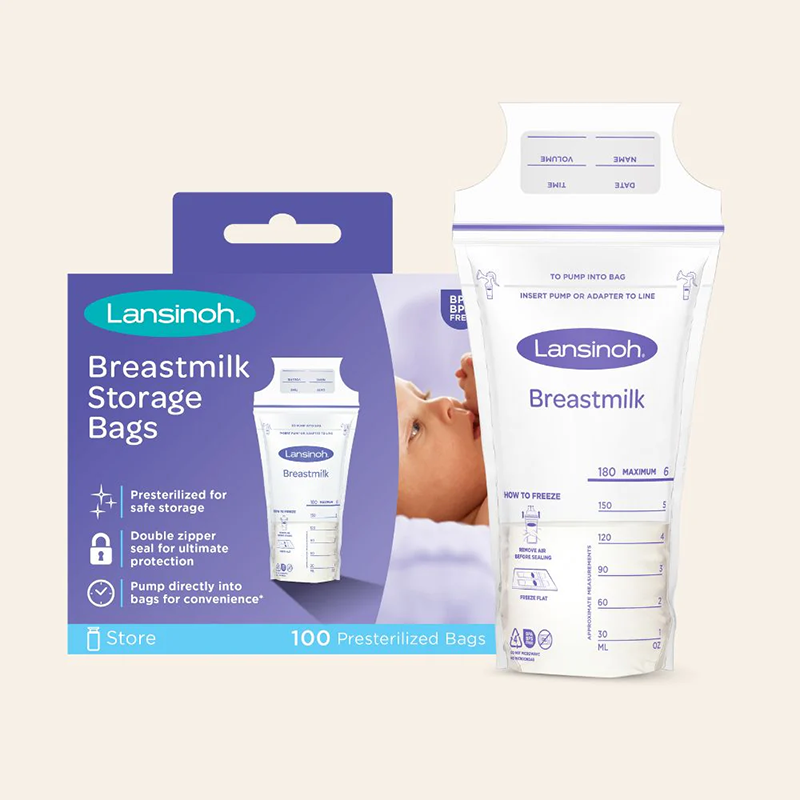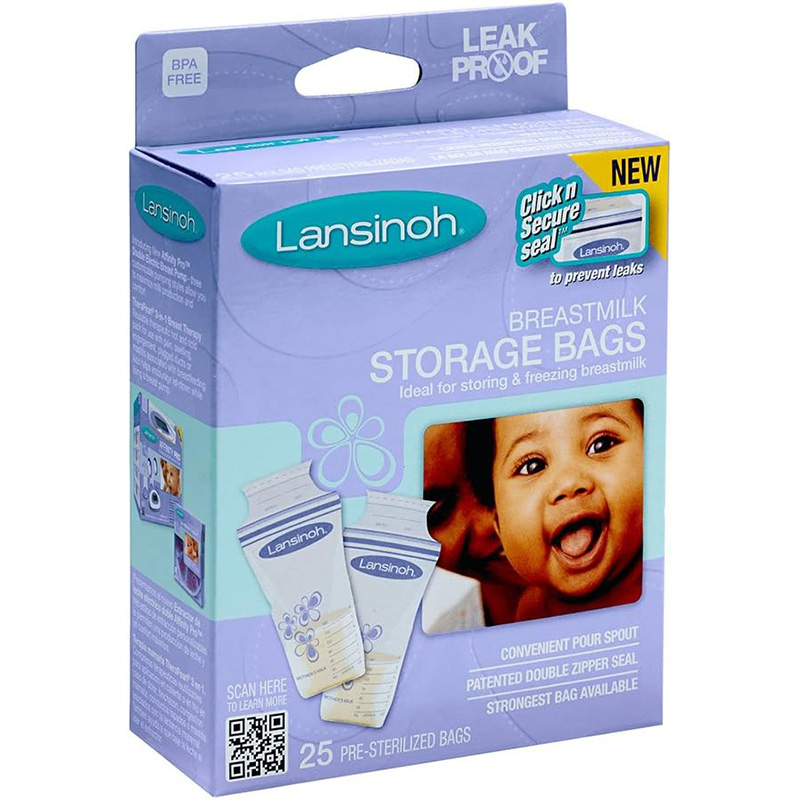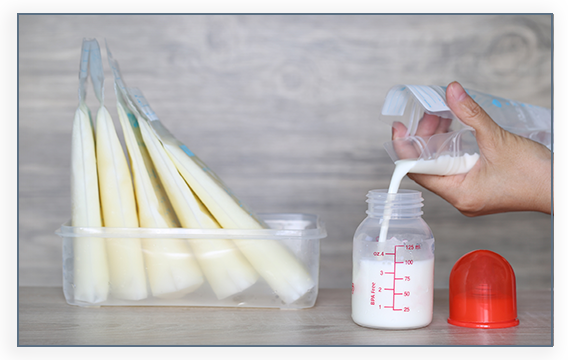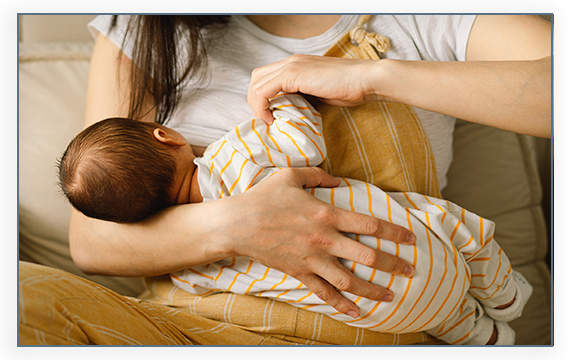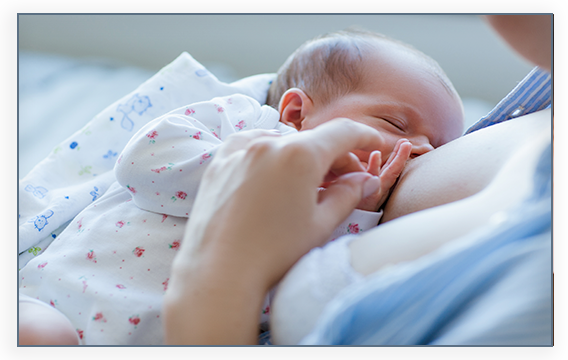Discover the Spectra Premier Wearable Breast Pump
Welcome to a new era of breastfeeding ease with the Spectra Premier Wearable Breast Pump! Designed for today’s busy moms, this innovative Spectra wearable offers hands-free convenience without compromising on performance. Whether you’re managing work, household tasks, or just enjoying some me-time, the Spectra Premier Wearable makes multitasking a breeze while ensuring your little one gets the best nutrition.
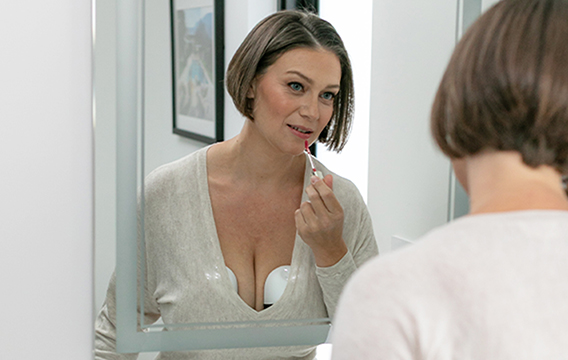
Why Choose the Spectra Wearable?
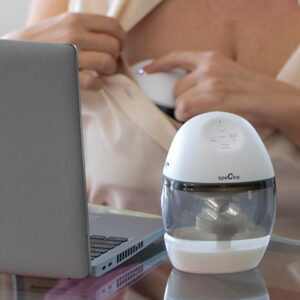 Why is the Spectra Premier Wearable Breast Pump a must-have for new moms? For starters, its lightweight and compact design make it the perfect companion for on-the-go pumping. The Spectra wearable is incredibly discreet, allowing you to pump wherever you are—be it home, office, or even while out running errands. With customizable settings including multiple suction levels and cycle options, you can tailor each session to suit your comfort and maximize efficiency. Plus, its whisper-quiet operation ensures privacy, letting you pump with ease and confidence.
Why is the Spectra Premier Wearable Breast Pump a must-have for new moms? For starters, its lightweight and compact design make it the perfect companion for on-the-go pumping. The Spectra wearable is incredibly discreet, allowing you to pump wherever you are—be it home, office, or even while out running errands. With customizable settings including multiple suction levels and cycle options, you can tailor each session to suit your comfort and maximize efficiency. Plus, its whisper-quiet operation ensures privacy, letting you pump with ease and confidence.
The Spectra Premier Wearable Breast Pump is all about blending mobility, personalization, and quiet functionality, making it a top choice for moms seeking a hassle-free breastfeeding experience.
What’s Inside Your Spectra Premier Wearable Package
The Spectra Premier Wearable Breast Pump comes equipped with all you need for a seamless experience. Inside the package, you’ll find the main pump unit, dual breast shields in various sizes, valves and membranes for smooth milk flow, and two storage bottles with lids. It also includes a rechargeable battery cable and a detailed user manual to guide you through setup and operation. Setting up your Spectra wearable is simple: just charge the unit, select the right breast shield size, and connect it to the pump. Adjusting suction levels and cycle settings is straightforward, ensuring comfort and efficiency during each session.
With a robust warranty and a customer support team ready to assist with any questions, the Spectra Premier Wearable is your reliable partner in your breastfeeding journey.
Real Moms, Real Experiences with the Spectra Premier Wearable

Moms who use the Spectra Premier often share how much this wearable breast pump has improved their daily lives. One mom explained, “The Spectra wearable has transformed how I pump. I can now care for my baby and handle household chores simultaneously. It’s a game-changer!”
Another noted, “It’s so user-friendly! The adjustable settings allowed me to find my perfect rhythm, and the suction is fantastic!” These experiences highlight the pump’s adaptability and effectiveness, making it a favorite among moms who value both comfort and performance.
Simple tips—like ensuring a proper flange fit, establishing a regular pumping schedule, or creating a calming environment—can help you get the most out of the Spectra Premier Wearable. For more guidance, check out our FAQ section, where we answer common questions and share helpful advice. With its blend of convenience and efficiency, this pump is designed to make every session more comfortable and rewarding.
Insurance Coverage for Your Spectra Wearable Breast Pump
Did you know you might be able to get your Spectra Premier Wearable Breast Pump covered by insurance? At Edwards Health Care Services, we make it simple to explore your insurance options. Many insurance plans offer full or partial coverage for breast pumps, including the Premier Wearable, and our team is here to help you navigate the process. We work with various insurance providers to ensure you get the support you need, making the Spectra wearable an affordable addition to your breastfeeding toolkit.
Let us assist you in accessing this essential breastfeeding tool and provide the resources needed for a successful and stress-free breastfeeding experience. We’re committed to supporting you every step of the way.
Interested in a Spectra breast pump through insurance?
APPLY TODAY!Tags: Baby, Breastfeeding, Feeding, Pumping



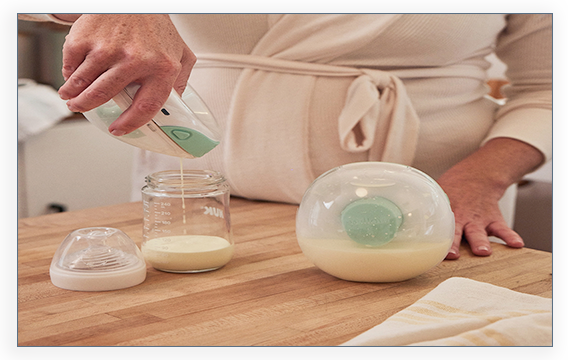
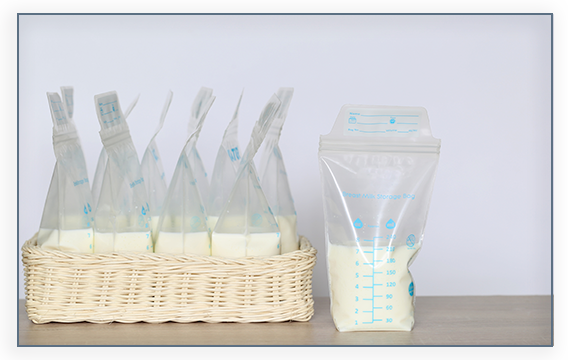


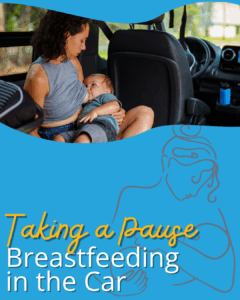
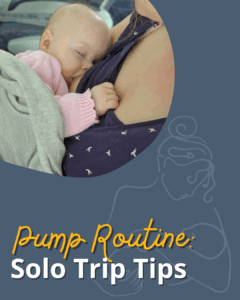 Pump Routine: Solo Trip Tips
Pump Routine: Solo Trip Tips